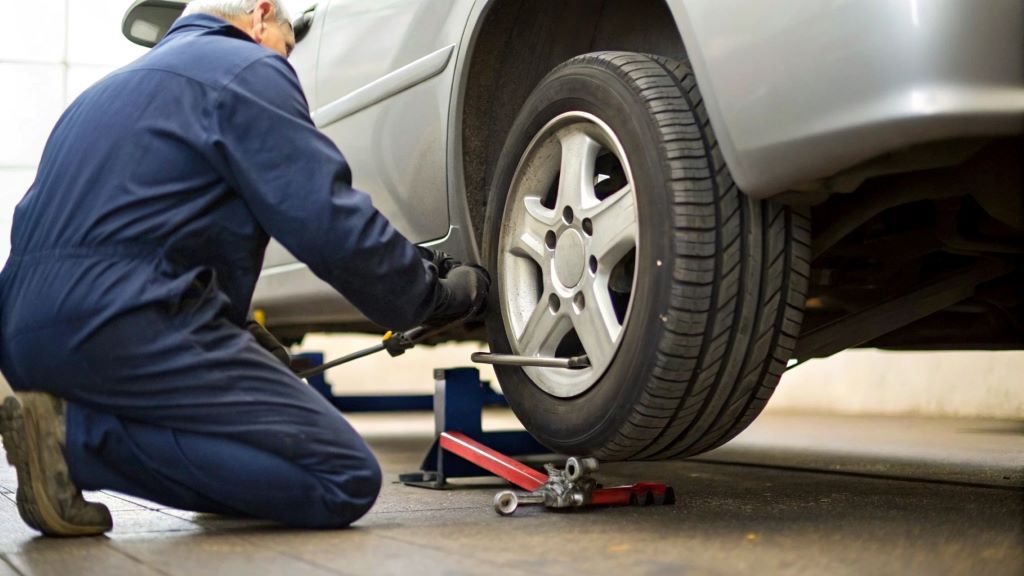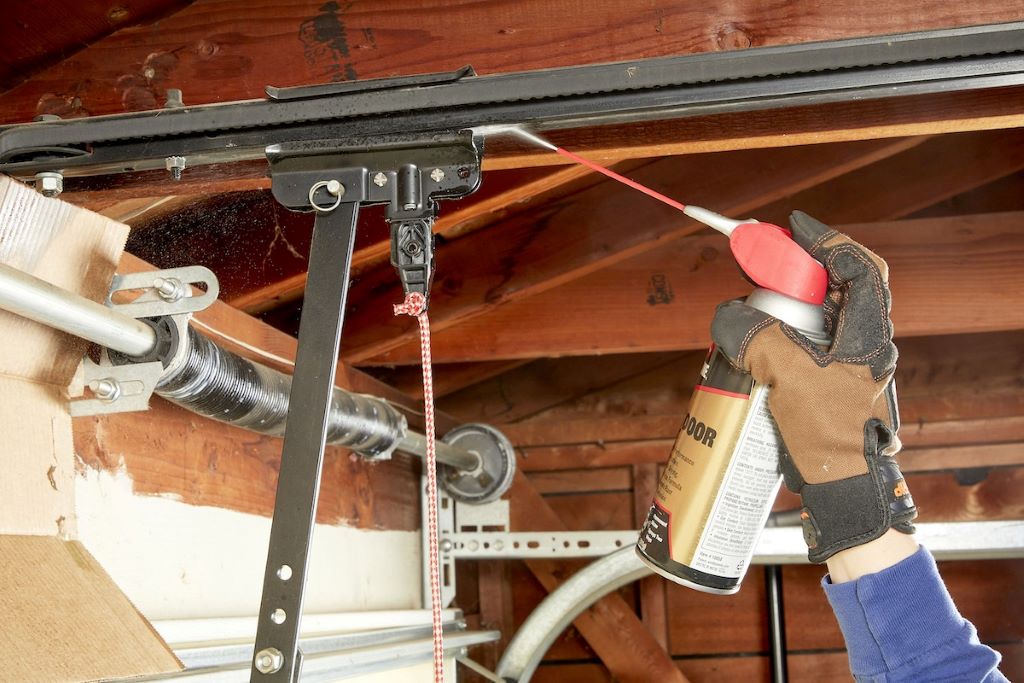Growing up, I watched my dad meticulously care for our family car, always stressing the importance of tire rotation. It wasn’t just about saving money; it was about safety and performance. Rotating car tires ensures even wear, extends tire life, and improves vehicle handling. According to the National Highway Traffic Safety Administration (NHTSA), proper tire maintenance, including rotation, can reduce the risk of tire-related accidents by 20%. Whether you’re a seasoned driver or a newbie, learning how to rotate car tires is a practical skill. This guide will walk you through the process, sharing tips and personal insights to make it simple. Let’s dive into why and how to rotate car tires effectively!
What Is Tire Rotation and Why Is It Important?
Tire rotation involves moving tires from one position to another on your vehicle to ensure even wear. Front tires often wear faster due to steering and weight distribution. By rotating them, you balance the wear, extending their lifespan. According to a 2023 Michelin study, regular tire rotation can increase tire life by up to 20%, saving you hundreds over time.
Additionally, uneven tire wear can affect handling, fuel efficiency, and safety. My first car, a beat-up sedan, taught me this the hard way. I ignored tire rotation, and within a year, my front tires were nearly bald. Rotating car tires regularly prevents such issues, ensuring a smoother, safer ride. It’s a small task with big rewards.
When Should You Rotate Car Tires?
Most experts recommend rotating car tires every 6,000 to 8,000 miles or every six months, whichever comes first. However, check your vehicle’s manual for specific guidance. For instance, high-performance or all-wheel-drive vehicles may require more frequent rotations. A 2022 AAA study found that 35% of drivers skip tire rotation, leading to premature tire replacement.
I learned this lesson during a road trip when uneven tire wear caused a shaky ride. Now, I mark my calendar to rotate car tires twice a year. Additionally, rotate tires when you notice uneven tread wear or after long trips. Consistent timing keeps your tires in top shape, saving you money and stress.
Tools You’ll Need to Rotate Car Tires
Before starting, gather the right tools to make tire rotation safe and efficient. You don’t need a mechanic’s garage, but having the proper equipment is crucial. Here’s what you’ll need:
- Jack: Lifts the car off the ground safely.
- Lug wrench: Loosens and tightens lug nuts.
- Jack stands: Supports the car securely.
- Wheel chocks: Prevents the car from rolling.
- Torque wrench: Ensures lug nuts are tightened correctly.
I once tried rotating tires without a torque wrench, guessing the tightness. The result? A loose wheel that wobbled on the highway. Investing in these tools, costing around $50-$100 total, is worth it. Having everything ready makes the process smooth and safe.
Step-by-Step Guide to Rotate Car Tires

Step 1: Prepare Your Vehicle
Park on a flat surface and engage the parking brake. Place wheel chocks behind the tires to prevent rolling. Consult your vehicle’s manual for the recommended rotation pattern, as it varies by drivetrain (front-wheel, rear-wheel, or all-wheel drive). For example, front-wheel-drive cars typically use a cross pattern. Preparation is key to a safe process.
I always double-check my setup after a near-miss when my car slipped off a poorly placed jack. Ensure your tools are within reach and the area is clear. This step takes just a few minutes but prevents accidents.
Step 2: Lift the Car and Remove Tires
Using a lug wrench, loosen the lug nuts on all four wheels, but don’t remove them yet. Next, use a jack to lift one corner of the car, placing a jack stand under it for support. Repeat for all corners. Remove the lug nuts and tires carefully, labeling each tire’s position (e.g., front-left, rear-right) with chalk.
Labeling saved me from confusion during my first tire rotation. It ensures you follow the correct pattern. Work systematically to avoid mistakes, and never crawl under a car supported only by a jack.
Step 3: Rotate the Tires
Follow the rotation pattern for your vehicle. For front-wheel-drive cars, move front tires to the opposite rear side (e.g., front-left to rear-right) and rear tires straight forward. Rear-wheel-drive cars often use a forward cross pattern. All-wheel-drive vehicles may require a more complex pattern, so check your manual.
When I rotated my SUV’s tires, I used a crisscross pattern, which balanced wear perfectly. After placing tires in their new positions, hand-tighten lug nuts. Lower the car carefully, then use a torque wrench to tighten lug nuts to the manufacturer’s specifications, usually 80-100 ft-lbs.
Step 4: Check and Test
After lowering the car, double-check lug nut tightness with a torque wrench. Inspect tire pressure, aiming for the recommended PSI (check your manual or door jamb sticker). Take a short test drive to ensure everything feels smooth. If you notice vibrations, recheck your work.
My first test drive after a rotation revealed a loose lug nut, a mistake I never repeated. Regular checks post-rotation ensure safety. If issues persist, consult a professional to avoid bigger problems.
Common Mistakes to Avoid When Rotating Car Tires
One common mistake is ignoring the rotation pattern, which can worsen uneven wear. Always follow your vehicle’s recommended pattern. Another error is over-tightening or under-tightening lug nuts. A torque wrench prevents this. Additionally, skipping tire pressure checks can reduce fuel efficiency and handling.
I once forgot to check tire pressure after a rotation, leading to poor gas mileage for weeks. According to NHTSA, underinflated tires reduce fuel efficiency by 3%. Avoid these pitfalls by staying organized and thorough. A little attention goes a long way in maintaining your tires.
Benefits of Regular Tire Rotation
Regular tire rotation extends tire life, saving you money. A 2023 Bridgestone report states that consistent rotation can add 10,000 miles to tire lifespan. It also improves handling, making your car safer on wet or icy roads. Additionally, balanced tires enhance fuel efficiency, reducing costs over time.
I noticed a smoother ride and better gas mileage after making tire rotation a habit. It’s a small effort that pays off. Plus, it reduces the environmental impact by delaying tire replacements. Rotate car tires regularly to enjoy these benefits without breaking the bank.
When to Seek Professional Help
While DIY tire rotation is cost-effective, some situations call for a professional. If you lack tools, space, or confidence, a mechanic ensures accuracy. Complex vehicles, like those with directional tires, may require specialized knowledge. Professionals also offer alignments, which complement rotations.
I once took my car to a shop when I couldn’t lift it safely at home. The $30 service was worth the peace of mind.
Conclusion
Rotating car tires is a simple yet powerful way to extend tire life, improve safety, and save money. By following this guide, you can master the process and avoid common mistakes. My journey from neglecting tire rotation to making it a routine has saved me hundreds and kept my car running smoothly. With the right tools and a little effort, you can do the same. Start rotating car tires today to enjoy a safer, more efficient ride. Have questions or tips? Share them in the comments or spread this guide to help others!
FAQs
Why is tire rotation necessary?
Tire rotation ensures even wear, extending tire life and improving safety and handling.
How often should I rotate my car tires?
Rotate car tires every 6,000-8,000 miles or every six months, per your vehicle’s manual.
Can I rotate tires myself?
Yes, with basic tools like a jack, lug wrench, and torque wrench, you can rotate tires at home.
What happens if I don’t rotate my tires?
Skipping rotation causes uneven wear, reducing tire life and affecting safety and fuel efficiency.
Do all vehicles use the same tire rotation pattern?
No, rotation patterns vary by drivetrain. Check your vehicle’s manual for the correct pattern.
Read More:





